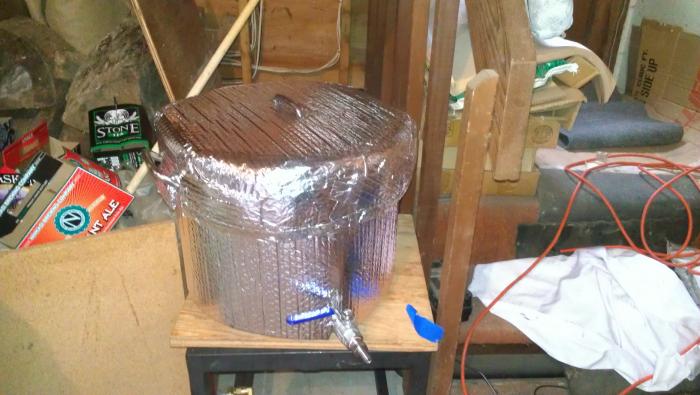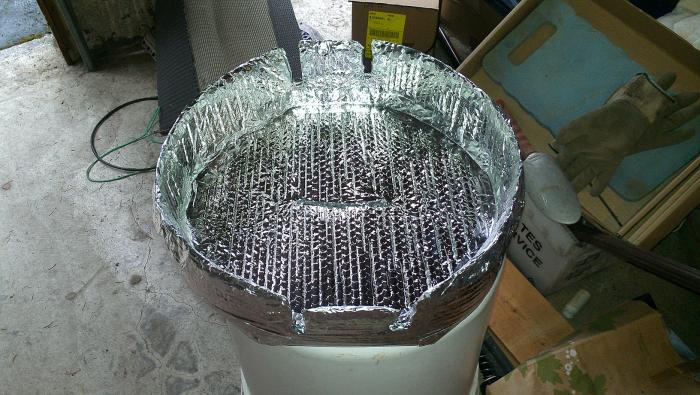Sure. I use two kettles (7.5 gal and 5 gal). I mash in about 6 gal. of water (give or take depending on my grain bill). Then, after the mash, I mashout in the same kettle by heating my kettle up to 170F or so. I then let it rest in that kettle for 10 minutes. While the big kettle is resting, I then take about 2.5 gal of water in my 5 gal kettle and heat it up to 170F and I use this for a sparge. I drain the bag in the 7.5 gal kettle before transferring to my sparge kettle. I then sparge for 20 min.
Once the sparge is done, I then let the bag drain again and then take the liquid from my sparge kettle and add it to what I have collected in my mash kettle and this usually gets me pretty close to my pre-boil volume. If I have to I take a colander upside down in a bucket and squeeze the bag to get a bit more liquid.
I'm consistently hitting 80-85% efficiencies. I tried skipping the mashout for a couple of batches and my efficiencies dropped to the 60's for each batch. Went back to doing mashouts and the efficiencies went back up fwiw.
So, this is the system that I have found works best for me. Others might say I could probably skip some steps, but I've tried and not gotten the results I'm happy with so I'm sticking with what works for me!







